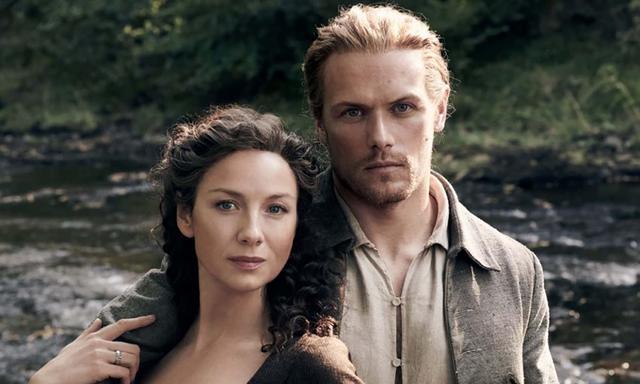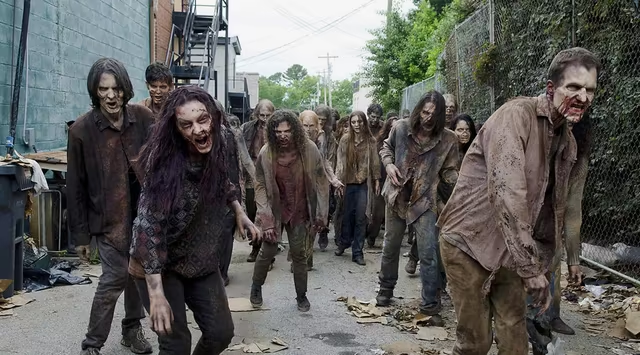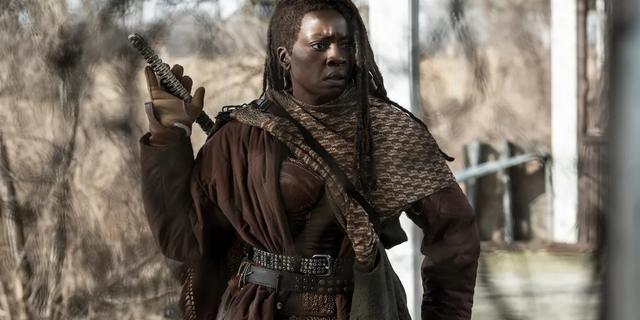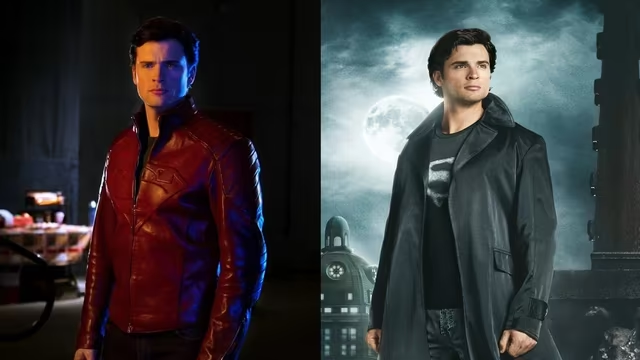If you click on a link and make a purchase we may receive a small commission. Read our editorial policy.
Marika McCoola and Aatmaja Panya talk Slip, collaboration, and blueberry hot sauce
Marika McCoola and Aatmaja Panya on their collaboration and the intersection of art and grief

Marika McCoola and Aatmaja Panya's YA graphic novel Slip follows the story of a young artist named Jane during a summer at art camp as she struggles with issues of grief while attempting to find her voice in her work.
In this interview, Popverse chats with both Marika and Aatmaja about their collaborative process on Slip, their work habits, and what it means to make art while grieving.
Popverse: Marika, Aatmaja, can you each give me a one sentence summary of what you feel like your book is about?
Marika McCoola: It's about figuring out how to express yourself and work through your emotions in art and life.
Aatmaja Panya: It's about growing up and seeing your relationships grow and change with you.

Aatmaja, I know this is your first graphic novel. Can you talk about how you prepared as an artist for taking on a project of this length?
Aatmaja: It was pretty daunting. But part the reason I took this book on, why I accepted the offer, beyond knowing and trusting Marika as a writer, was because it was a project with a writer signed on to it. I thought it would be an easier stepping stone into the world of making books— if I had someone kind of holding my hand through that early stage. It was a big help because Marika scripts very tightly. So that it's almost like a step prepared for me.
The rest of it is kind of just a battle of attrition against your own flagging motivation or energy. What I would do when I needed to sit down and really crank through a bunch of work in a day— I would set a timer for an hour at a time and sit down at my desk and draw as much as I could get done in that hour and then get up and stretch or go take a snack or whatever and then come back and repeat. That kind of mentality— just 'Sit down and get it done' at least a little bit every day was probably the best thing I did for myself.
I can't say that I behaved perfectly a hundred percent of the time. We have a friend of mine in common— Molly, who told me once that "There's no sane way to make a graphic novel."
Marika, you're an artist as well. You work with ceramics, but I really love the metaphor of ceramics in Slip as well. It feels like more than just the thing that Jade is doing. Can you talk about this symbolism and how that built out Jade's journey?
Marika: In ceramics, there's a certain degree of unpredictability every time you put something in the kiln and fire the kiln. Your piece might not survive, so you have to live with that possibility, and it's very similar in terms of relationships. You put so much work and time and care into relationships not knowing what might happen to them. And yet it's worth it for the period that you have them and for what you're able to have, and sometimes they can continue to grow and change and be wonderful. And sometimes you have to let go of them.
I feel like there's a parallel between relationships and ceramics. I also feel that the flow state of making art is really important to emotional processing, certainly because it's always been that for me, which is one of the reasons I chose to put it into the book.

Aatmaja, can you speak to this intersection of making art and grief?
Aatmaja: I don't think it's the case for everyone, but I do think a lot of artists tend to process emotion through making art. That's part of the reason why they choose a life of making art, because they kind of can't think or feel without doing that— or see things clearly. I think in the case of grief specifically, so little can really get through to you because it's not something that can be cured. It's something that's given to you that you just have to learn how to live with.
I think the process of making something, not to be like a total hippie about it, but if you lose something, then putting something out into the universe is like almost like filling that space back up in a way, or rather, creating something new that is equal to the shape of the thing that's lost.
Can you to tell me about your collaborative process?
Marika: So it very much was a handoff. I write very tight scripts as Aatmaja said, and I wanted her to be able to truly collaborate and bring what she needed to the book. I also didn't want our collaboration to get in the way of our friendship, so I basically said 'You do what you need to do, and I'm not going to talk to you about the book. You can ask me anything about the book, but this is in your hands now.'
Aatmaja: Yeah, people always laugh when we talk about this, because they don't believe that it's possible you can cede control of something like that so easily. I don't think it's necessarily very common. On both sides, I think writers might want more input and artists might want more guidance, but I think we work a little similarly in that way. We both put our head down and just kind of enter the world of a story and grind through it, and that happened to work really well for these two separate processes. It felt in this way like a real marriage. Like one person wasn't holding another person's hand being like 'Draw this way!'
Aatmaja, there are two different art styles in Slip. We have the ongoing narrative and then every once in a while, Jade sees a sort of memory. Can you tell me how you developed these two different styles?
Aatmaja: I believe very strongly in 'Function dictates form.' I believe that the work you're making, the way you make it, should always have a purpose. It should only be done with intention. So obviously these very important scenes that are done on paper, need to be drawn in physical material, because it's just so much more tactile and more visceral. It's also very hard to evoke naturalistic things like fire, bark, leaves, and stone with slick digital brushes. At least, not the way I draw digitally. So, for those scenes, I did use charcoal and grease pencil and brush and ink. For the other day-to-day work, I wanted to make it readable. Most of that was done either digitally or with a finer brush pen to make it a little slicker a little clearer and easy to read

Marika, you've said before in an interview with YA Books Central that when you started out with this book you meant it to not have a romance. Can you talk about how it became a romance?
Marika:
Yeah, it was as simple as one character kissing the other character— it just sort of happens. When I write, I see sort of a film in my head, and then I'm zooming in, zooming out, changing camera angle, and sort of pausing as my way of capturing a panel.It just sort of happened that Mary decided to kiss Jade. I was like, 'I guess this is gonna be a romance,' so I rewrote it for that and when that happened, I thought a lot about Madeline L'Engle. She has an essay that I read in high school about, I believe it was about The Arm of the Starfish, where she started writing the book with about one character, and all of a sudden, the secondary character asserted himself. She rewrote the entire thing to work with that. I think if I hadn't read that essay, and it hadn't stuck with me, I might not have made the changes that I did, but it was a sort of thing that naturally just evolved with the character. So, I let it happen.
And my last question for both of you is, what is your favorite thing right now?
Marika: I just finished fermenting blueberry habanero hot sauce that I am really happy about and made labels for it. I'm also leveling up my climbing skills this summer, and I'm psyched about that.
Aatmaja: Wow, that hot sauce must be like almost black and color, right?
Marika: Oh, it looks like a blueberry smoothie. I'm calling it Smoothie Surprise. I put some photos on Instagram.
Aatmaja: I'm playing the game Perfect Tides recently which is programmed and written by a cartoonist – Meredith Gran, which I just loved. I have played it over and over. It's a very beautiful narrative and written really well. I've just been gobbling up everything I can learn from it. Then I got it into my head, that I was going to reread every single book Diana Wynne Jones ever wrote. I've just been tearing through those, and talking about a tight writer, her books are just completely seamless—it's so good.
Thank you so much for taking the time to chat with me today.
Slip is currently available to purchase from your local bookshop.
Follow Popverse for upcoming event coverage and news
Find out how we conduct our review by reading our review policy
Let Popverse be your tour guide through the wilderness of pop culture
Sign in and let us help you find your new favorite thing.
















Comments
Want to join the discussion? Please activate your account first.
Visit Reedpop ID if you need to resend the confirmation email.